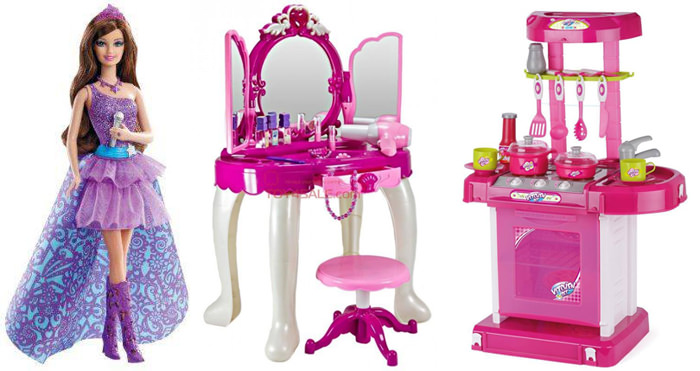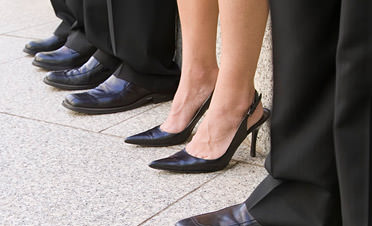In our last post we said that there is no place for the word sexism in modern dictionary, but it is still here. There is no place for the sexism in modern/postmodern life, but it is still here, among us and unfortunately we don’t recognize it, we ignore it, or what is worst we are used to it, and sexism became “so normal” part of our lives.
We can find sexism in different levels of living, in family, institutions, media, in all post-modern society. Now we will show you some of our thoughts for different social structures of current conditions that constitute sexism, or directly or indirectly affect its holding and development.
Family, education and community is very important part of our lives, and they contribute to the maintenance of such stereotypes helped with their different expectations for boys and girls, with smaller expectations for the girls for providing guidance for selecting different professions for men and women.

From the earliest years of our lives, we are still victims off stereotypes, known that girl should be girl, and boy should be boy, or there are rules how they can or can’t act, based in their gender. And of course, there are toys for boys, and toys for girls, as preparation for the next level, when they will be man and women. We thought that the picture we chose will show you more than words.



So, the message is very clear, girl/women need to be gentle, beautiful, mothers, housewives, models teachers and nurses, and boys need to be strong, drivers, mechanics, engineers and soldiers. Have you ever seen little boy how is feeding or bathing a doll. I have not, because that is the duty of girl/women/ mother. These stereotypes are not easy for the boys of course, and can make them many problems.
We want to a show you a “gender neutral” catalogue of a Swedish toy-shop company, which is attempting to deflect allegations of sexism, but this is a rare example.


School and education are other instruments which helps these…. The teachers who teach social subjects, usually (or most) are women, and science subjects are usually (or most) men… The number of men in managerial positions of schools is greater, such as most principals are men. Unfortunately we can find examples of sexism even in a school books.


What to say? Off course, we have a lot of problems in education of the world, but this is very a serious problem too.
Social roles are different, and in some parts of the world, the pay is different. There are still women professions (when the most of a workers a women) and these professions a lower evaluated.

And I want mention that in some parts of the world women can’t work, or can’t find work, because of their ages, or their look. The newspapers are full with job postings where first and the most important is that she has to be young, to look pretty, and such examples are countless.

Women in politics are minority in higher position, and we don’t think only for fact that numbers of women in parliaments a smaller. Experience of the women in higher positions, even in some countries which governing are mostly equal and democratic, talk about discrimination of men colleges, and different treatments in media, which takes more care about their look, weight, style, more than what they have to say or do, which gives them fillings of shame and guilt.

The next time we will talk about sexism in a media and representation of women as sexual object, because we believe that media deserves own post…
And, for the end of this post we will share with you some statistics, which you don’t have to believe, but, you have to admit that if the half of this numbers a true, the situation is still really scary.
According to UN statistics:
• Women perform 67 % of the world of work
• Earn 10% of world income
• Owners are 1% of global wealth
• Women make up 70 % of illiterate people in the world
• Worldwide, women earn 20-50 % less for the same work than men
• 1.3 billion people living in poverty 70 % are women
• Women perform between 10 and 20 % managerial and administrative tasks
• Women occupy 10 % of seats in parliaments
• 5% of the state president of the women




































